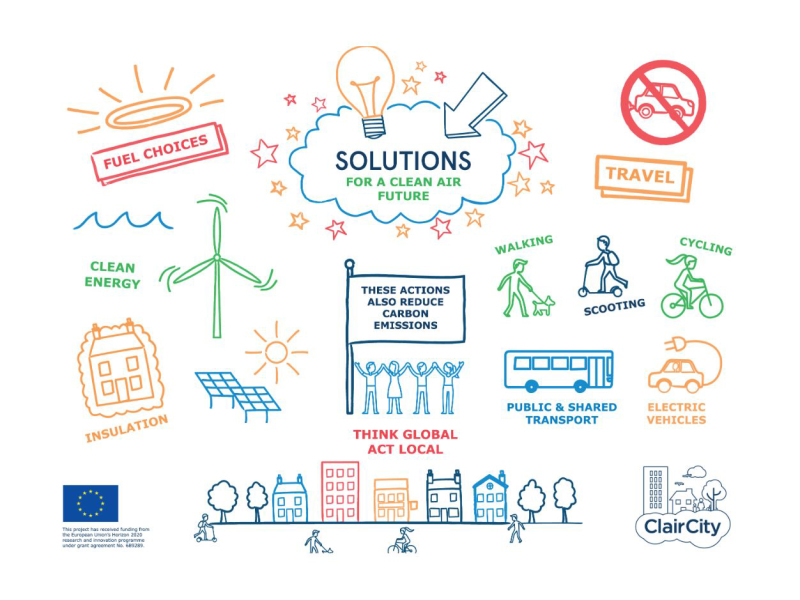Fleet Model
We developed an analysis tool capable of estimating future fleet composition by age, technology, fuel type, and size, building on a comprehensive and up-to-date dataset of the current fleet and assumptions about the expected market share of different vehicle types (e.g. diesel/petrol/electric/hydrogen ...).
The model consists of 57 regions, in particular all European countries and other major world economies.
The tool can be linked to a technology choice model or use exogenous assumptions on technology market shares to estimate future fleet composition and related emissions.
The tool can distinguish vehicle kilometres (vkm) and passenger kilometres (pkm) by zone, target, region, distance, city level, time period, transport mode, and network and similarly distinguish tonne-kilometres (tkm) by zone, car type, region, distance, city level, time period, transport mode, network, and average load factor by demand segment.
The main purpose of the fleet module is to transform aggregated estimates of transport demand, in terms of pkm, tkm and/or vkm, into a more detailed vehicle classification and development (cohort) directly related to technology in terms of vehicle performance and characteristics, fuel consumption, and emissions.
We used the fleet model to estimate total emission reductions under different electric vehicle uptake scenarios, taking full account of fleet inertia (especially gradual renewal) and second-hand market characteristics.
Programmed in Excel, Python, and Vensim, the tool is very flexible for any assessment related to the impact on the passenger car fleet.
The model consists of 57 regions, in particular all European countries and other major world economies.
The tool can be linked to a technology choice model or use exogenous assumptions on technology market shares to estimate future fleet composition and related emissions.
The tool can distinguish vehicle kilometres (vkm) and passenger kilometres (pkm) by zone, target, region, distance, city level, time period, transport mode, and network and similarly distinguish tonne-kilometres (tkm) by zone, car type, region, distance, city level, time period, transport mode, network, and average load factor by demand segment.
The main purpose of the fleet module is to transform aggregated estimates of transport demand, in terms of pkm, tkm and/or vkm, into a more detailed vehicle classification and development (cohort) directly related to technology in terms of vehicle performance and characteristics, fuel consumption, and emissions.
We used the fleet model to estimate total emission reductions under different electric vehicle uptake scenarios, taking full account of fleet inertia (especially gradual renewal) and second-hand market characteristics.
Programmed in Excel, Python, and Vensim, the tool is very flexible for any assessment related to the impact on the passenger car fleet.


